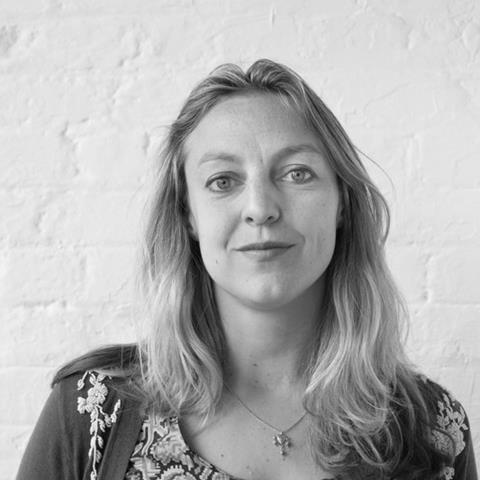By working as a valued local partner to an international firm, designers can open up a wide variety of new opportunities to learn and grow, writes Tatiana von Preussen

Our practice is known for its expressive designs and creative responses to difficult sites, prioritising shared space, flexibility of use and cultural collaborations. We are probably less well-known as a local architect for international partnerships.
We are immensely proud of these projects but it seems that there are some in the profession who would look down on this role because the goal is always meant to be acting as the ‘lead architect’. I find this attitude strange because architecture is highly collaborative by its very nature.
We all know there’s no mastermind behind every project and even within one practice there’s often many hands at work. With this in mind, it makes sense to take a looser approach to the idea of a design team, particularly across country borders.
Partnering up with like-minded architects allows for great results with fewer risks, without the need to open up offices in different countries. There’s a fair amount of protectionism in the UK and I believe that a change of mindset for the local architect is required.
The environment is so different now when you compare it to the time when Richard and Renzo built the Pompidou Centre in Paris. They were just kids really but design was all that mattered and their partnership produced something truly groundbreaking.
Risk plays a much greater role these days and it’s easy to understand why clients often go with larger practices that bring more certainty. Smaller practices are sometimes viewed as inexperienced but the team often come from a range of different backgrounds, with experience of running larger projects.
>> Also read: James Corner Field Operations’ Camden Highline plans set for approval this week
We are acting as the local architect for the Camden High Line, with Field Operations (based in New York) as the lead consultant. We’re doing all the built structures and they are focused on the landscaping, with close coordination across the overall masterplan and vision.
vPPR are therefore the people on the ground for any workshop or physical meeting. We supply the local knowledge for sociopolitical issues and we have a very solid understanding of what users in the area want and need.
The High Line has been extremely collaborative from the start as we have undertaken multiple workshops together and regularly go through design reviews, so it’s very much a partnership. It was important to the client, Camden Town Unlimited, that a local practice was involved.
There was some criticism at the start of the project that we were just window dressing but as time has gone on this has been proved false. Instead, we have clearly defined roles and Field Operations are not interested in taking all the glory; they make sure we get credited in the press and James Corner, the practice’s founder and CEO, has been very supportive as a business mentor.
The client is very happy to have a great international design team, with someone embedded in the local community. It also demonstrates that a really successful collaboration goes beyond the success of the project and benefits both architectural partners in different ways.
Similarly, we worked with the Spanish practice Cano Lasso on their Second Home projects in London. We helped them navigate very conservative parameters in the UK that are markedly different to Spain.
You want it to be a genuine collaboration and not an internal competition
Working on the delivery of a project is still a really exciting thing to do because we are affecting the design itself all the time. A good relationship with the lead architect is essential and the different partners need to respect each other’s design prowess, rather than just looking at the technical requirements.
The strength from working with practices from different countries is that you both learn from the process. You see outside the bubble of your own office. International partners really make you think of different ways of doing things, which helps to question your own default assumptions about how things should be.
We are all influenced by the buildings we pass every day and the things we read about in the media or see online. Are people going to think that current good taste looks good in the future? We’re very conscious that bucking the trend is good and provides massive opportunities.
Going into those relationships, you have to agree from the outset how these projects will be perceived, ensuring that everyone gets their fair share of credit at the end. You want it to be a genuine collaboration and not an internal competition.
It’s the same with the recent trend in the UK of entering competitions as part of a larger team with multiple architectural practices. You have to be clear about responsibilities and that the client is aware of the different roles everyone will take. Be honest about your strengths and weaknesses and learn from your partners.
As an all-female-led practice, we have noticed that there has been a rush to make such teams diverse, which is an overwhelmingly positive thing. However, larger practices should take note that the most successful bids come from like-minded groups that can divide up work in an amicable way.
As always, we hope that we are selected for these teams based on a combination of who we are and what we do.
>> Also read: The art of collaboration in architecture - a call for genuine partnerships
Postscript
Tatiana von Preussen is director of vPPR Architects
















No comments yet